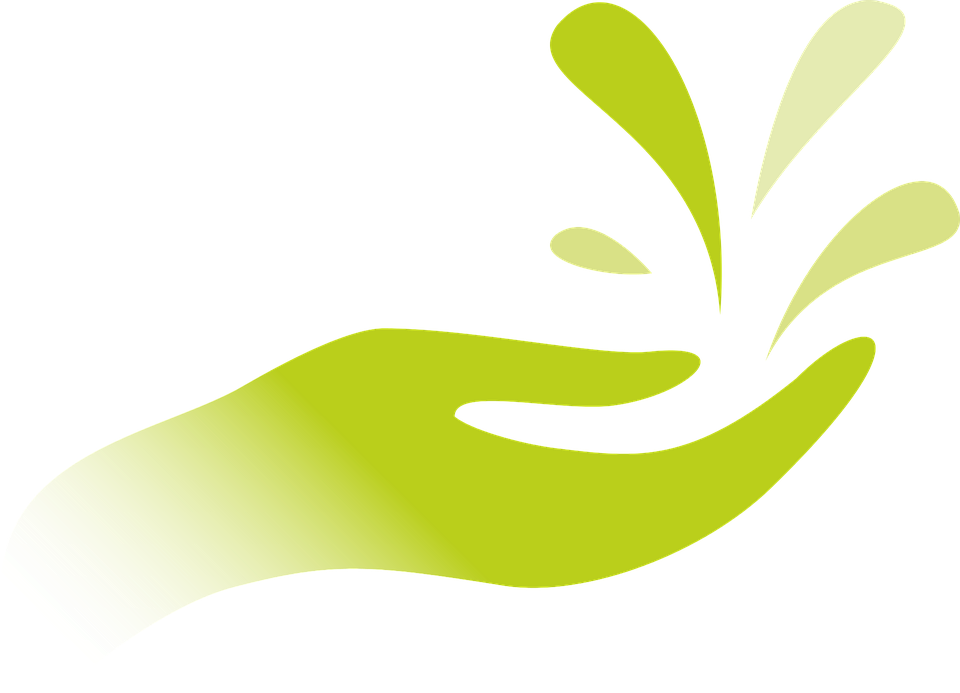Raising the Return on Assessment
The Cost of Assessment 
In the corporate world, a return on investment is a calculation of financial gain in relation to expenditures. In education, the return on assessment is the cost of assessment in relation to learning outcomes. When spending on standardized testing is nearly 2 billion dollars each year (Brookings.edu), what is the return on that that investment?
Embracing the real intent of assessment requires minimal expenditure while increasing the potential for significant gains. (Darling-Hammond, 2013) Garnering insight into what students know and can do and using that information to guide the next steps in teaching and learning is the underlying principle of assessment. The cost of local assessment is minimal when it is incorporated in daily instructional routines.
Increasing Assessment Efficacy Reduces Costs
Efficacy in Education
Efficacy in teaching refers to the effectiveness of instruction in achieving learning objectives. It also represents improvement in student’s knowledge and skills and their progress towards mastery. Efficacy depends on the clarity and relevance of goals as well as the soundness and accuracy of the assessment.
Student Efficacy
Student’s efficacy begins with their understanding of the intents and purposes of learning. It starts with student’s incoming knowledge and skills that deepens as they move through the taxonomies. Over time and with support, students develop the ability to apply their learning, analyze choices, make informed decisions, appreciate diverse viewpoints, and generate original ideas about a topic or subject. All in support of self-reliance.
Assessment Efficacy
Assessment isn’t something meted out to students and measured with complex formulas. Rather the benefits of assessment come from considering the purpose and process of the students’ actions. Are they passive bubble sheet completers, expected to generate the right answer, or construct a defensible response? Do they have a choice in displaying their learning: in writing, orally, using images, diagrams, and relevant technologies?
Self-Assessment
Consider ways you can use this checklist to validate and affirm your assessment efficacy. Alternatively use it as a rating scale to indicate your current and desired level of expertise.
Purpose
____Shared understanding of what is being assessed.
____Acknowledgement of the importance of assessing it.
____Extends learning beyond “knowing” to student’s conceptual understanding,
analysis of information, synthesis of learning, and production of original ideas.
____Content of the assessment aligns with and supports the learning intentions.
Process
____Big-picture standards are deconstructed into teachable and learnable portions.
____Assessments are used primarily to monitor progress: Rarely used to
rate teachers or rank schools.
____Assessment is locally planned rather than externally mandated.
____Evidence of gaps in understanding are used to guide instructional responses.
Engagement: Students are partners in assessment
____Students can explain the performance standards in their own words.
____They rely on indicators of improvement to inform their next steps
towards mastery.
____Students track and provide evidence of their progress towards learning goals
____They can explain the learning outcomes in their own words. As Janessa says
“When I can calculate the area of a rectangle; then I will be able to order new
carpeting for my bedroom.”
Multiple measures
____Appraises what students know, understand, and can do with their learning.
____Students have a choice in showing what they know and can do from
annotating test questions, to raising questions, and presenting original ideas.
____Relies on a spectrum of strategies from standardized measures to
authentic applications of learning.
____Data and information produced by multiple measures are used to diagnose
and strengthen learning.

Raising the Return on Assessment
Consequently, it is important to think beyond numerical data and consider the quality of an assessment. A student may be able to select the correct example of iambic pentameter but not be able to use it in an original poem. On a selected choice test they may be able to narrow it down to two choices and then successfully guess the right answer, but can they explain why their answer is correct?
The return on assessment is elevated when students can describe what they learned, gauge their progress, apply their learning in similar as well unique situations, and work collaboratively with others to solve real-world problems. Return on assessment is reduced by selected choice and fill-in-the-blank tests as their thinking is not visible.
Assessment that supports learning is not tacked on at the end but rather embedded throughout teaching and learning. This may include a pre-assessment that reveals incoming knowledge and skills, a “find and fix” check-in, or a review using student-designed Jeopardy games.
- Nika reflects: “When I compare my work to the success criteria I still need to work on_____
- Jaylen shows understanding: “Listening to the speaker’s experience helps me understand how important solving this problem really is.
- Moyen says: “Whoops, I forgot the formula, but can explain that Ohms law says that when you increase voltage through a circuit whose resistance is fixed, the current goes up.
Rather than relying on the most persistent and persuasive marketers of assessment, it’s more important to depend on substantiated best practices for increasing the value and return on assessment. For more information on these ideas refer to the work of:
Heidi Andrade and Students at the Center https://studentsatthecenterhub.org/resource/assessing-learning-the-student-at-the-center-series/
Linda Darling-Hammond https://edpolicy.stanford.edu/sites/default/files/publications/criteria-higher-quality-assessment_2.pdf
Linking Classroom Assessment with Student Learning https://www.ets.org/Media/Tests/TOEFL_Institutional_Testing_Program/ELLM2002.pdf